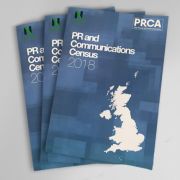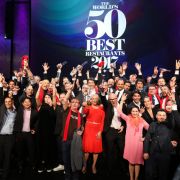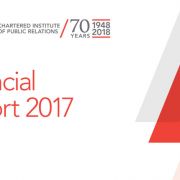What is Search Engine Optimisation?
Search Engine Optimisation (SEO) is often seen as the topic of unwanted emails, confusing code speak and consultancy advice. This guest post from Art Raifi, founder and owner of Black Bird Marketing, aims to clarify what SEO is, why it’s important and what you can do to improve yours.
According to Search Engine Land, ‘SEO is the process of getting traffic from the “free,” “organic,” “editorial” or “natural” search results on search engines’. Accordingly, we can say that SEO optimises a point of contact (i.e. website) for search engines (i.e. Google and Bing).
If you are new to the topic than you might ask, ‘Why would I want to optimise my professional website for search engines?’
A great SEO strategy takes into account optimisation based on relevancy because search engines evaluate the content of a website.
How to Optimise for Search Engines
To optimise user-experiences, search engines have developed complex algorithms that evaluate the composition of a website based on certain criteria. These criteria include, but are not limited to:
- Quality of the content
- On-page and off-page optimisation
- Meta tags
- Loading speed of the website
- Relevance
- Authority and more
Based on these criteria, the algorithm can detect which websites are optimised and which aren’t. In turn determining which sites to rank in its search results.
Google and Bing’s mission are to offer users the information that they are looking for instantly. For example, if you are searching for a keyword, such as ‘Dogs’ the search engine will prompt you with numerous links of dog related pages. The links are ranked from the most optimised, relevant and authoritative pages to the least.
However, gaining the trust of Google and ranking for specific keywords (in our case ‘Dogs’) is not an easy task. SEO is an ongoing process that needs to be supported by a long-term strategy. There are two factors that have to be taken into consideration when deciding whether to engage in SEO efforts, which are time and competition.
The Time Factor
Time is a valuable resource in the SEO world. Search Engines like to rank authoritative websites. But what gives a site authority?
In SEO, authority is defined by many sub factors, including the age of the website, the number of referrals that link back to the website (i.e. social sharing, hyperlinks across other pages) and the quality of the content (is it reliable?).
Experts claim that SEO efforts take a minimum of six to 12 months to show any results. This is largely due to the fact that search engines are continuously crawling (looking into) thousands of websites.
The Competition Factor
In addition to the time factor, there is also competition. SEO keywords are defined as specific phrases that a user searches for in Google or Bing.
On one hand, there are competitive keywords that drive tons of traffic to sites ranked for that specific keyword; and on the other hand, there are less competitive keywords that generate significantly less traffic.
The goal of SEO experts is to find keywords that are not too competitive, but they carry the potential to generate relevant organic traffic. The process of finding a keyword is known as keyword research, and it involves the use of various tools that help us understand the competitiveness and relevance of various keywords.
Tools such as SEMrush, seoMOZ, Wordtracker, and Google Keyword Planner provide the information necessary to find relevant keywords for which you can rank.
Relevancy and Authority
Up until this point, we have talked about the importance of optimisation and its impact on SEO. However, SEO is much more than entering a few code snippets to the website or changing header titles and descriptions. While optimising is extremely important, one must also consider the relevance of the content and the perception that the website has in the eyes of the search engines.
Relevancy
Relevancy, in SEO, is defined by the relationship between a particular keyword and the content of the website.
To illustrate let’s return to the ‘Dog’ keyword example. A page that talks about Cars will never rank for a keyword such as ‘dog videos’ – irrespective of the links that it has generated. That’s because search engines have grown to become smart machines that can’t be fooled.
Their advanced algorithms do not rank pages, unless the selected keywords have a strong relationship with the content found on the page.
When optimising your pages, take into account the relationship between the content of that page and the keyword.
Authority
We have already defined authority in relation to time. In reality, search engines use hundreds of factors when evaluating the authority of the page.
Active websites are expected to generate external links that the search engines use as signals to give the site the authority it deserves.
External links, otherwise known as backlinks, are one of the many important factors on which the rank of your page depends. Various updates and patches have rendered many factors irrelevant, but backlinks have successfully survived the test of time.
Of course, backlinks – similar to keywords – have to be relevant to the content of the page.
NOTE: Be mindful of those trying to sell you backlinks. It’s the easiest way for you to get blacklisted by Google and other search engines.
Lastly, in SEO, quality will always beat quantity; 1,000 links from sites that do not rank, are irrelevant and untrusted by search engines, does not compare to one quality link from The Economist.
Final Words
In the last decade, Search Engine Optimisation has grown to become a vehicle that drives the growth of local, internet and international businesses.
At the same time, SEO has shifted the way businesses function and compete. In turn, this has prompted many to engage in SEO efforts, in an attempt to stay ahead of competition.
When optimizing your website for search engines, you should take into consideration relevancy and authority. Make sure your content is relevant to the queries or keywords and keep building links over time to increase the authority of your site.
Accomplishing these steps will take time, effort and money – factors which have traditionally discouraged businesses to jump into SEO.
Yet, those who neglect it are missing out on a unique opportunity to take their businesses to the next level. Businesses are now being forced into SEO or risk losing out to the competition.
[testimonial_view id=18]



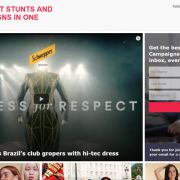
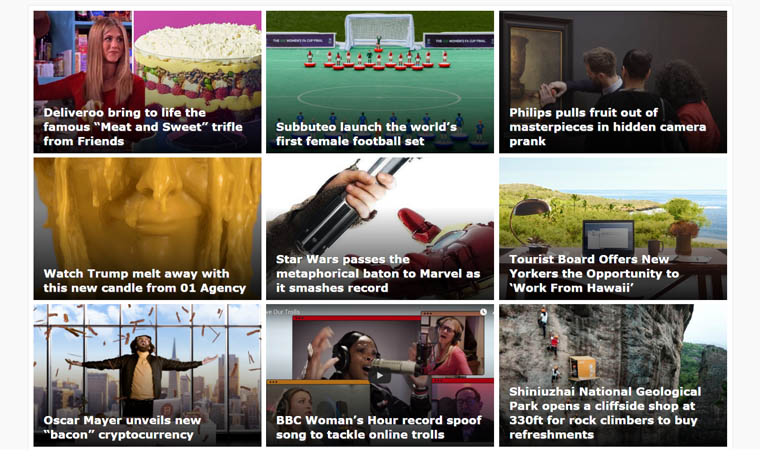
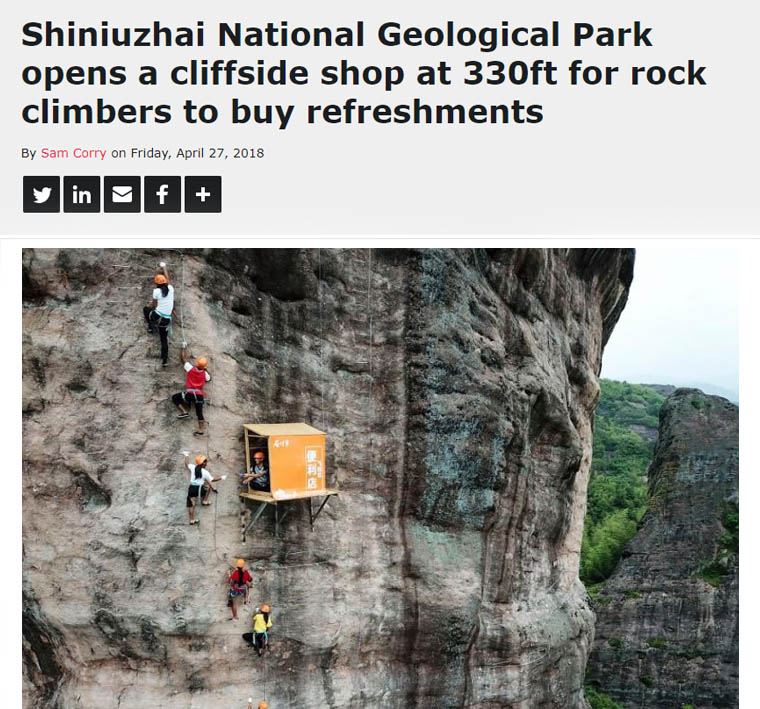


 What makes your blog successful?
What makes your blog successful?

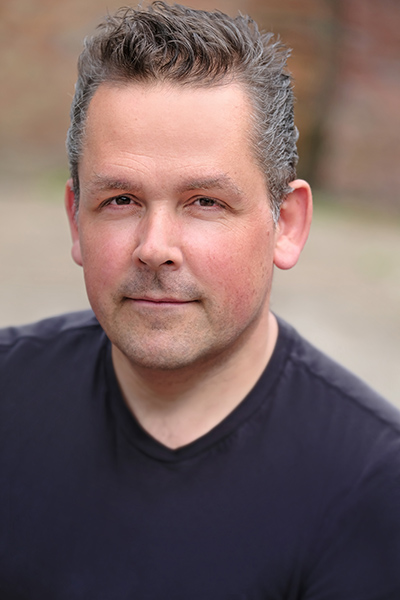 How did the agency start?
How did the agency start?
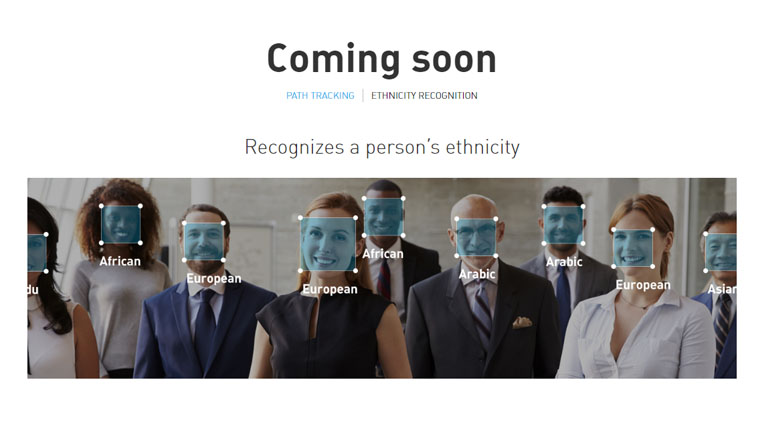


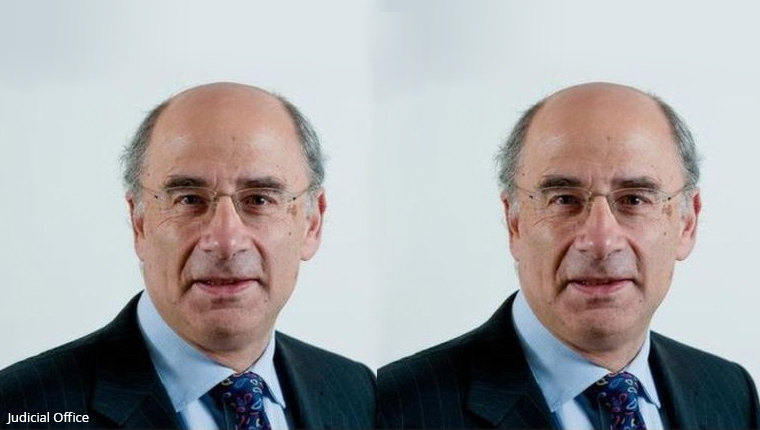
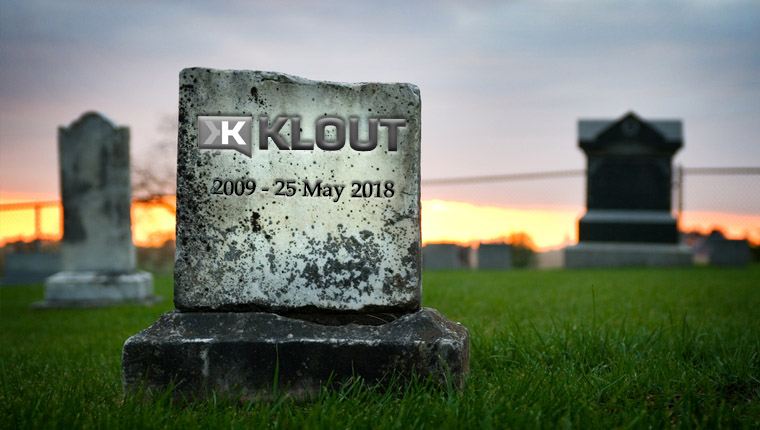

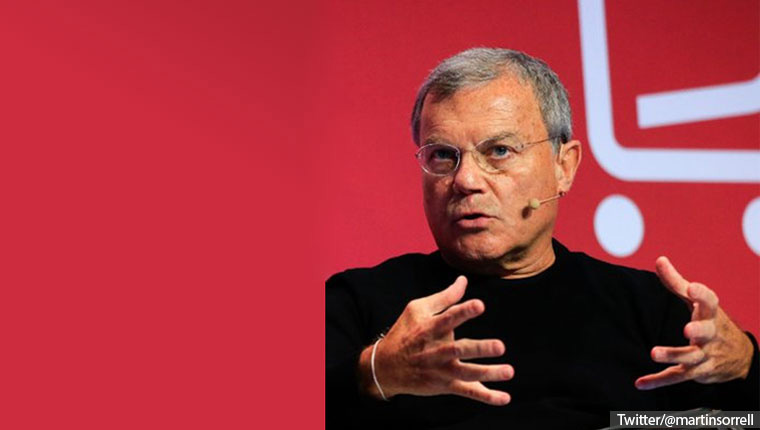
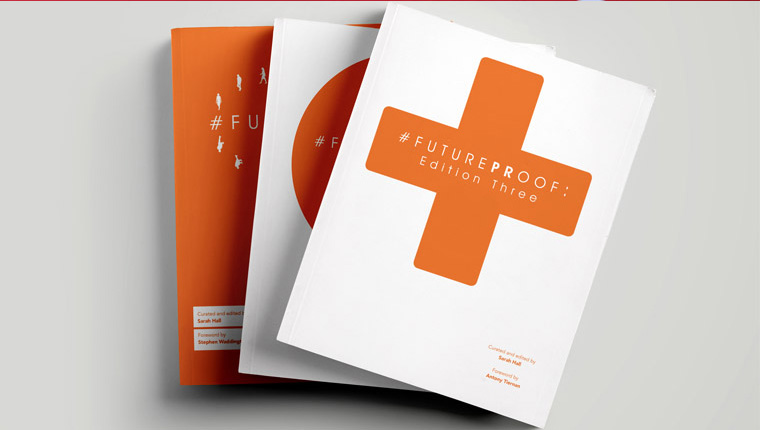




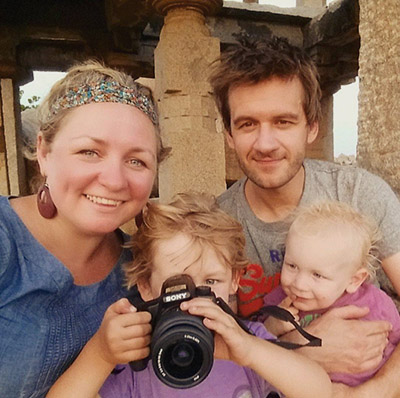 What makes your blog unique?
What makes your blog unique?
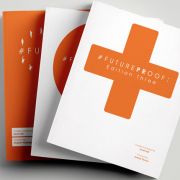
 Titled, ‘The NHS at 70 with Lessons for the Wider PR Community’, the book features 25 essays written by a broad range of stakeholders, from those at the coalface enacting plans to those on the outside looking in.
Titled, ‘The NHS at 70 with Lessons for the Wider PR Community’, the book features 25 essays written by a broad range of stakeholders, from those at the coalface enacting plans to those on the outside looking in.



